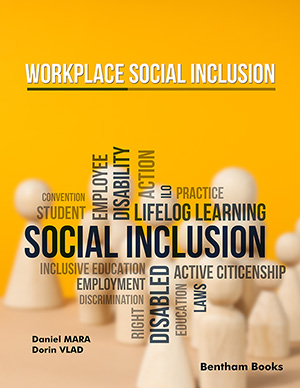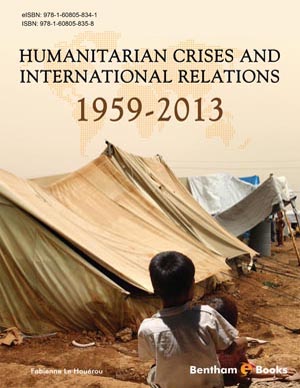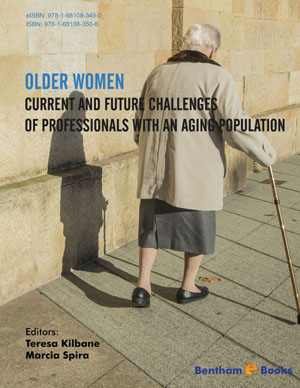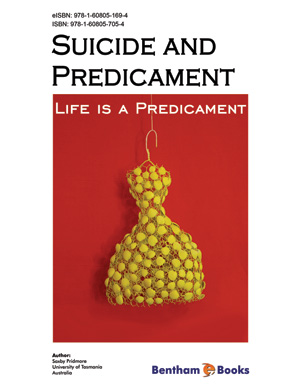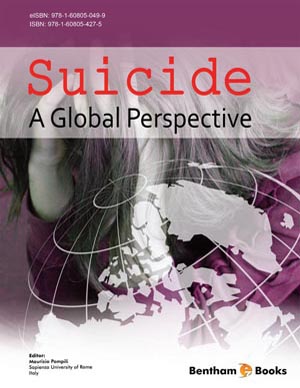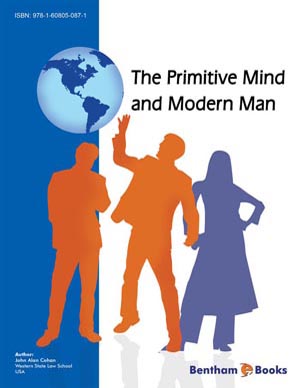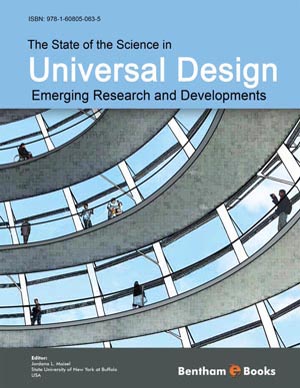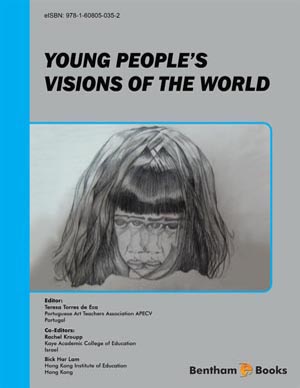Abstract
Inclusive and integrated education has become a reality of the Romanian
educational system in the last 25 years, based on the idea that education is essential to
people's and societies' growth. To attain inclusive policies and practices and to
establish the foundation for an inclusive culture, inclusive education is a complicated,
protracted process that requires ongoing examination, modification, and development.
The foundation of the inclusive education - education for all paradigm is defined by the
Universal Declaration of Human Rights, the World Program of Action for Persons with
Disabilities, the UNESCO Conference of Ministers of Education in Jommtien,
Thailand, 1990, the legal provisions regarding the integration of children and young
people with disabilities in the usual education systems, the 1993 UN General Assembly
resolution, and the Copenhagen Declaration.
The concept of integrated or inclusive education involves creating learning
environments where all students, including those with disabilities or special needs, are
fully included in regular classroom settings.
Here is a conceptual framework outlining key aspects of integrated/inclusive education:
• Diversity and Inclusion:
Embracing diversity: Recognizing and valuing the unique backgrounds, abilities, and
learning styles of all students.
Promoting inclusion: Creating environments where every student feels welcome,
respected, and supported.
• Equity and Access:
Equity in education: Ensuring that all students have access to high-quality education,
regardless of their background or abilities.
Removing barriers: Identifying and addressing systemic barriers that may prevent
students from fully participating in the educational experience.
• Universal Design for Learning (UDL):
UDL principles: Designing instruction and curriculum materials that are accessible and
engaging for all learners, including those with diverse abilities and learning needs.Multiple means of representation, expression, and engagement: Providing multiple
ways for students to access information, demonstrate understanding, and engage with
learning materials.
• Collaborative Partnerships:
Collaboration among stakeholders: Building partnerships among educators, students,
families, and community members to support the inclusion of all students.
Shared responsibility: Recognizing that creating inclusive learning environments is a
collective responsibility that requires collaboration and cooperation from all
stakeholders.
• Individualized Support:
Individualized education plans (IEPs) or personalized learning plans: Developing
individualized plans that outline goals, accommodations, and support strategies for
students with special needs.
Differentiated instruction: Adapting teaching strategies and materials to meet the
diverse needs of students within the same classroom.
• Positive School Climate and Culture:
Creating a supportive environment: Fostering a school culture that values diversity,
promotes respect and empathy, and celebrates the contributions of all students.
Addressing bullying and discrimination: Implementing policies and practices to prevent
bullying and discrimination based on factors such as disability, race, gender, or sexual
orientation.
• Professional Development and Capacity Building:
Training and support for educators: Providing professional development opportunities
to help teachers develop the knowledge, skills, and attitudes needed to effectively
support diverse learners.
Building inclusive practices: Encouraging continuous learning and reflection to
enhance educators' ability to create inclusive and accessible learning environments.
• Continuous Monitoring and Evaluation:
Ongoing assessment: Monitoring student progress and adjusting instructional strategies
and support services as needed to ensure that all students are making meaningful
progress.
Program evaluation: Regularly evaluating the effectiveness of inclusive education
initiatives and practices and making data-informed decisions for improvement.By embracing these principles and practices, educational institutions can work towards
creating inclusive learning environments that enable all students to thrive academically,
socially, and emotionally.
Keywords: Diversity, Disability, Inclusive education, Inclusive learning environment, Student.

